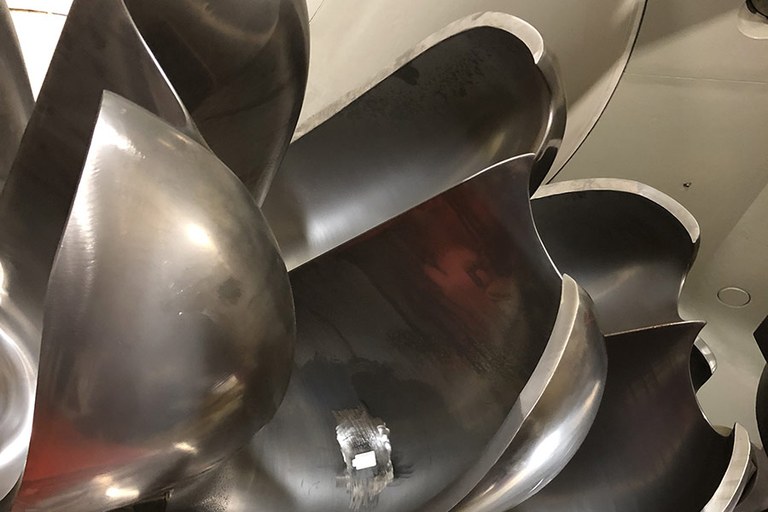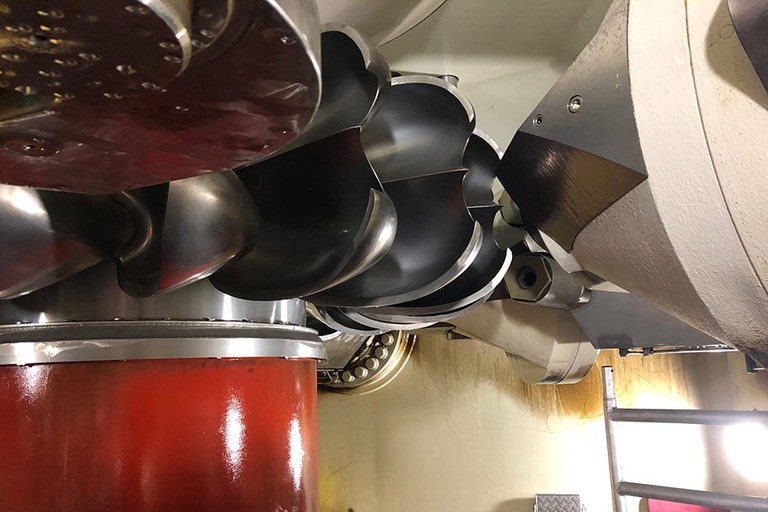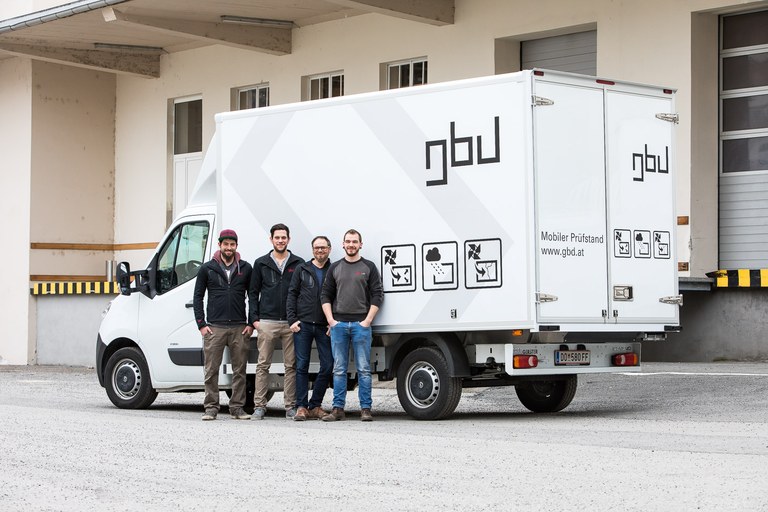LWW Mobile: The mobile test rig
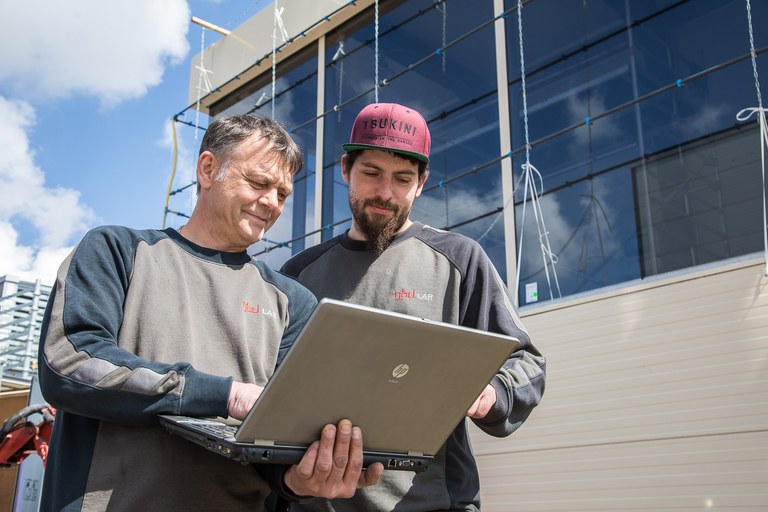
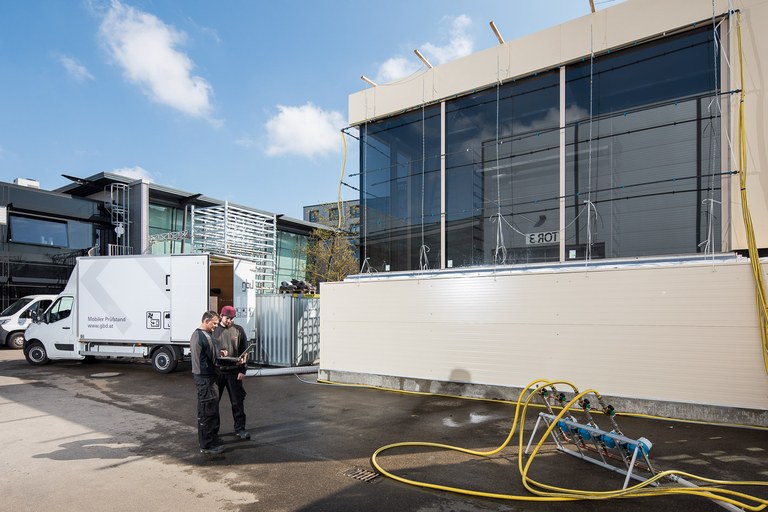


With the LWW Mobile: a mobile test rig developed by the gbd team, the testing of air permeability, impermeability to driving rain and wind load resistance according to EN 14351 (windows and doors), EN 13830 (facades) or EN 13241 (gates), required for CE marking, can be carried out at your manufacturing premises or on the construction site.
Once you are ready with the test set-up, we bring the LWW to you and connect the mobile test rig. For the test, power (32 or 63 amp depending on element size), water (>2 l/min·m² and >2 bar at the highest point), compressed air (6-8 bar) and climbing aids are required. Subsequently, measurements of the air permeability, impermeability to driving rain and wind load resistance are taken as per in the institute.
A positive side effect is that your staff have the opportunity to experience the test at first hand. After completion of testing you immediately receive the provisional test results. You are now able to reuse the test element for your own purposes.
The LWW Mobile consists of a van with integrated high-performance test equipment which fulfils the requirements of accreditation. In order to guarantee the required measurement accuracy and reliability of the results, measuring systems are installed which are independent of each other and which function according to different measurement principles. By this means possible deviations are able to be determined instantly. As a rule, the testing of large-size facades is easily possible.
"LWW Mobile" - Mobile windows and facade test
"Burglary resistance testing"
Mobile metallography
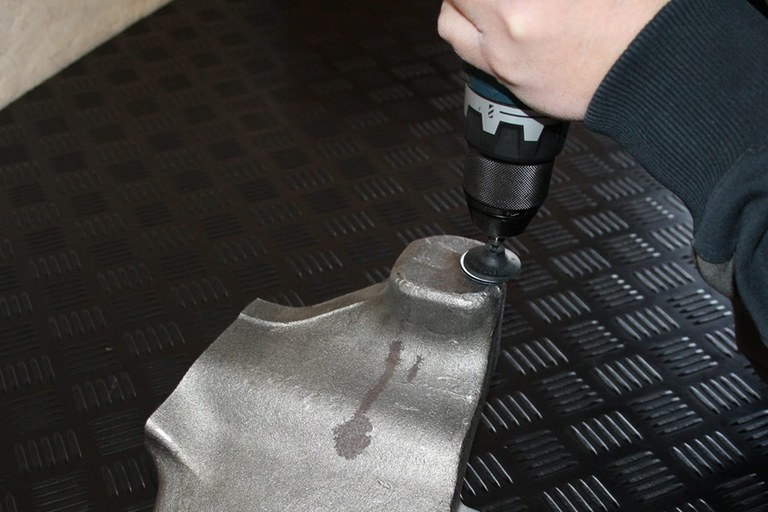
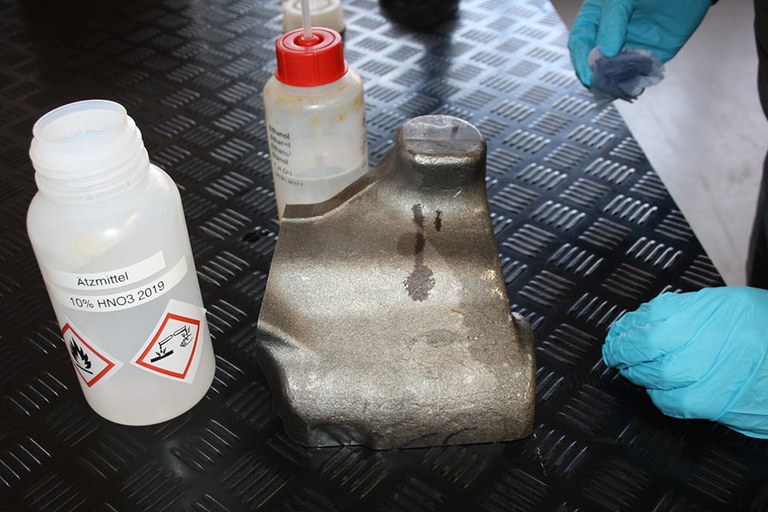
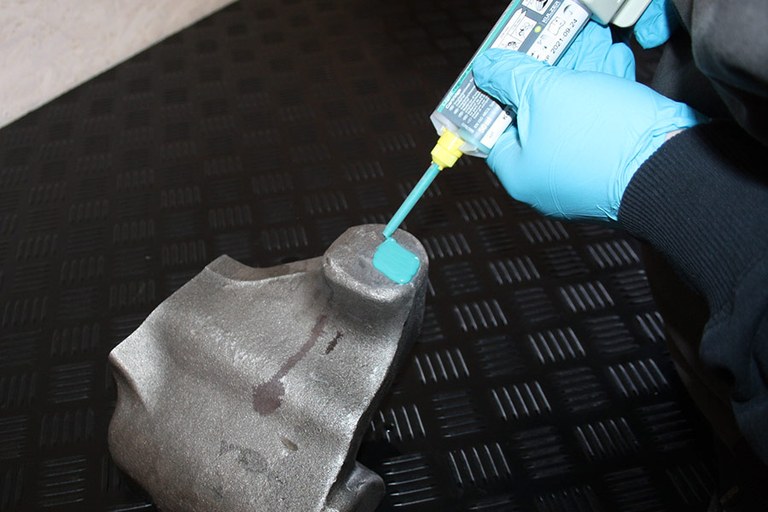
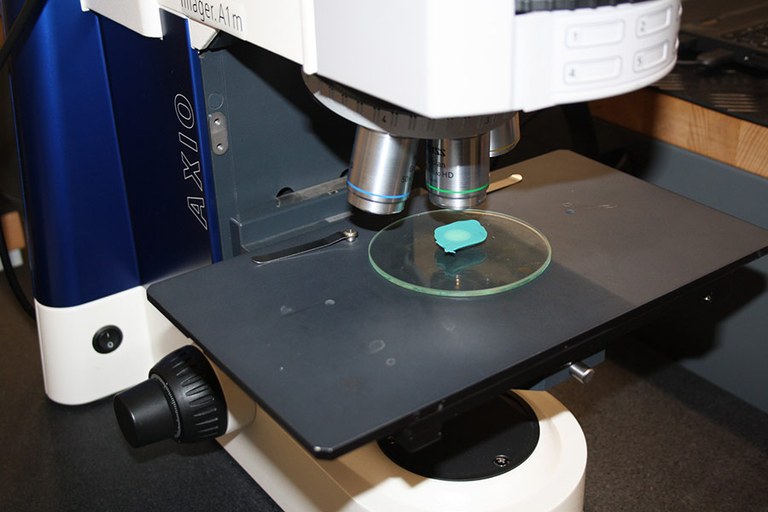
In power stations, factories, chemical plants, on turbines, containers, tanks, conduit pipes etc. there is often no possibility to take a sample for metallographic examination. With the aid of mobile metallography, the component to be examined can be ground and polished (Fig 1) and etched (Fig 2) in situ and from the prepared place, the negative impression of the structure for metallographic examination made non-destructively (Fig 3). The examination is then made from the negative impression in the laboratory according to gbd test instruction "Mobile microscopic examination PA_25_009/04-01 micro-section".
By means of mobile metallography therefore, statements pertaining to texture of structure and irregularities in the structure such as e.g. cracks, pores, inclusions and creep damage, can be made without destroying the component.
Advantages
- Determination of the structure texture on the component
- Light microscopic investigation and photographic documentation of the structure in the laboratory
- High resolution capability for assessment of the structure formation
- Clear and reliable declarations concerning the actual state of the structure
- Low complexity, cost-effective and fast
